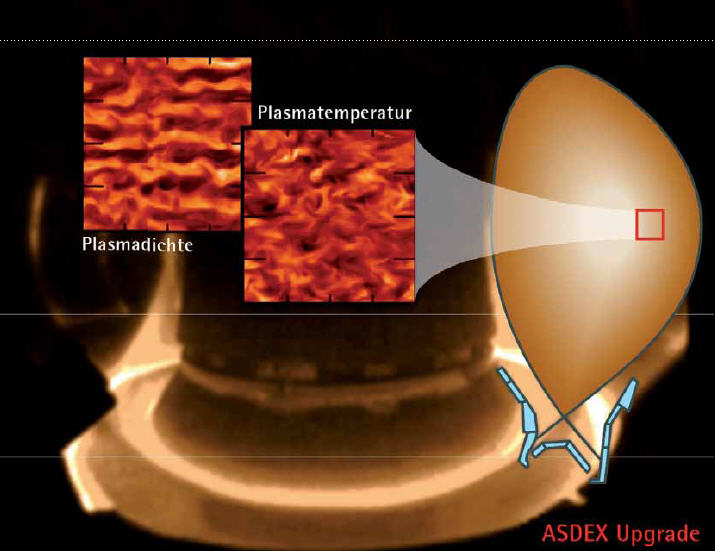Magnetic confinement fusion could be a safe, environmentally friendly way to provide a substantial part of the world’s energy needs in the 21st century but before that can happen science needs to understand the complex behavior of hot collisionless plasmas (ion gases) in strong magnetic fields.
Such plasmas are subject to temperature and density gradient driven microturbulence which leads to particle and heat losses and tends to keep the plasma from reaching a "burning" state.
Simulations are necessary if we are to understand and control plasma microturbulence but, because fusion plasmas are virtually collisionless, a three-dimensional (i.e., in space) fluid description must, in principle, be abandoned, in favor of a six-dimensional (i.e., in phase space) kinetic one.

Fortunately, several processes on very small spatio-temporal scales – such as the gyrating motion of the particles around magnetic field lines – can be removed, analytically, from the basic equations, thus making the problem five-dimensional.
This reduces the computational requirements by many orders of magnitude, without sacrificing accuracy. This approach is called gyrokinetics, which gave the present project its name.
The GYROKINETICS project was carried out in 2006 and 2007 by researchers from the Max Planck Institute for Plasma Physics at Garching, Germany, and the Ecole Polytechnique Fédérale of Lausanne, in Switzerland using DEISA’s resources under the DECI and the JRA3 frameworks.
This gyrokinetic simulation approach to plasma turbulence is expected to help improve the performance of magnetic confinement fusion devices.
The research group were able to show that certain small-scale turbulent processes can make substantial contributions to the overall heat transport carried by the plasma electrons. It turned out,that there is often a scale separation between ion and electron thermal transport. While the former is usually carried more or less exclusively by long wavelength fluctuations, a substantial proportion of the latter can be carried by much smaller scales.
These findings represent an important new insight into the physics of turbulent transport in magnetized plasmas, and will have important implications for future full-torus simulations of large fusion devices, such as the International Thermonuclear Experimental Reactor ITER.





Comments